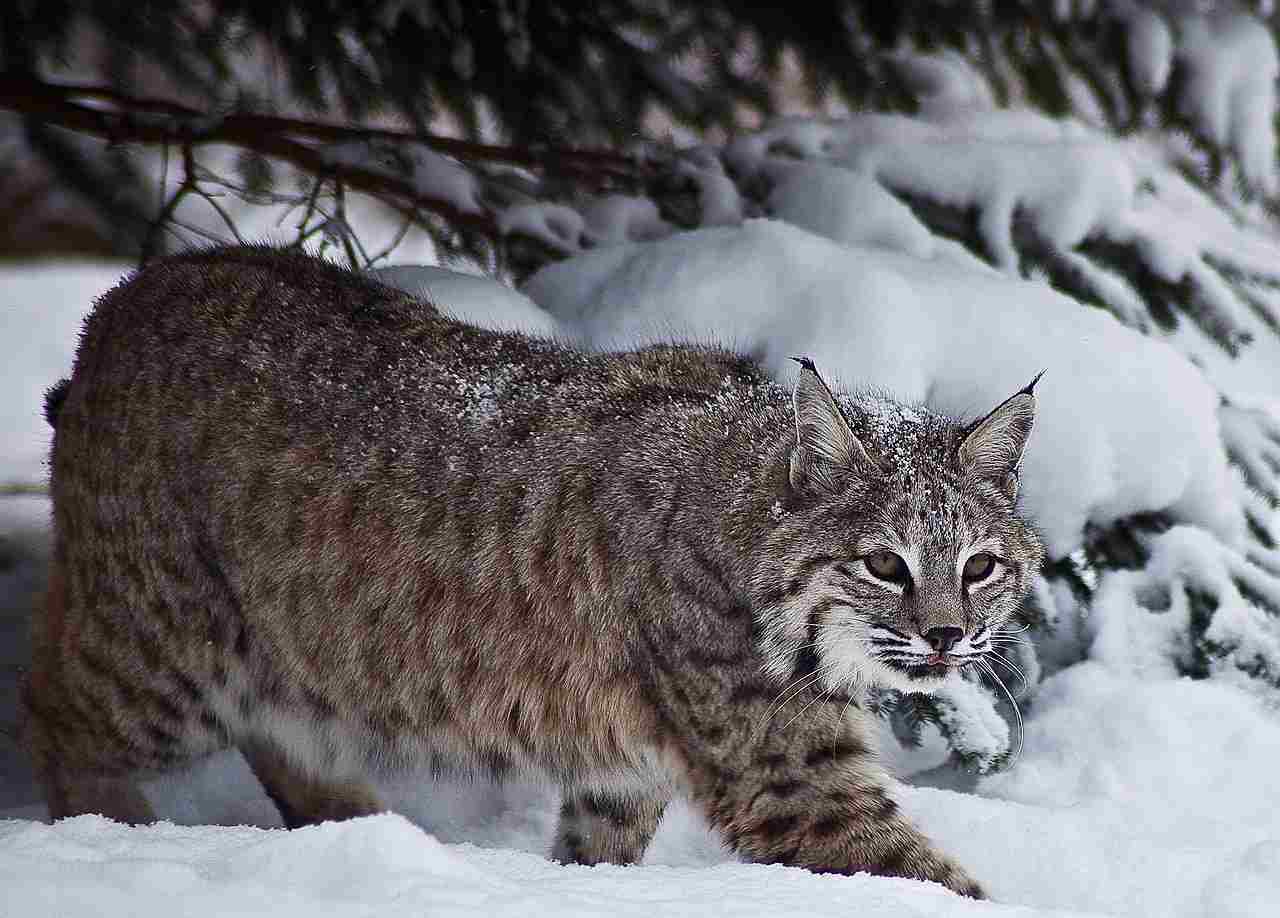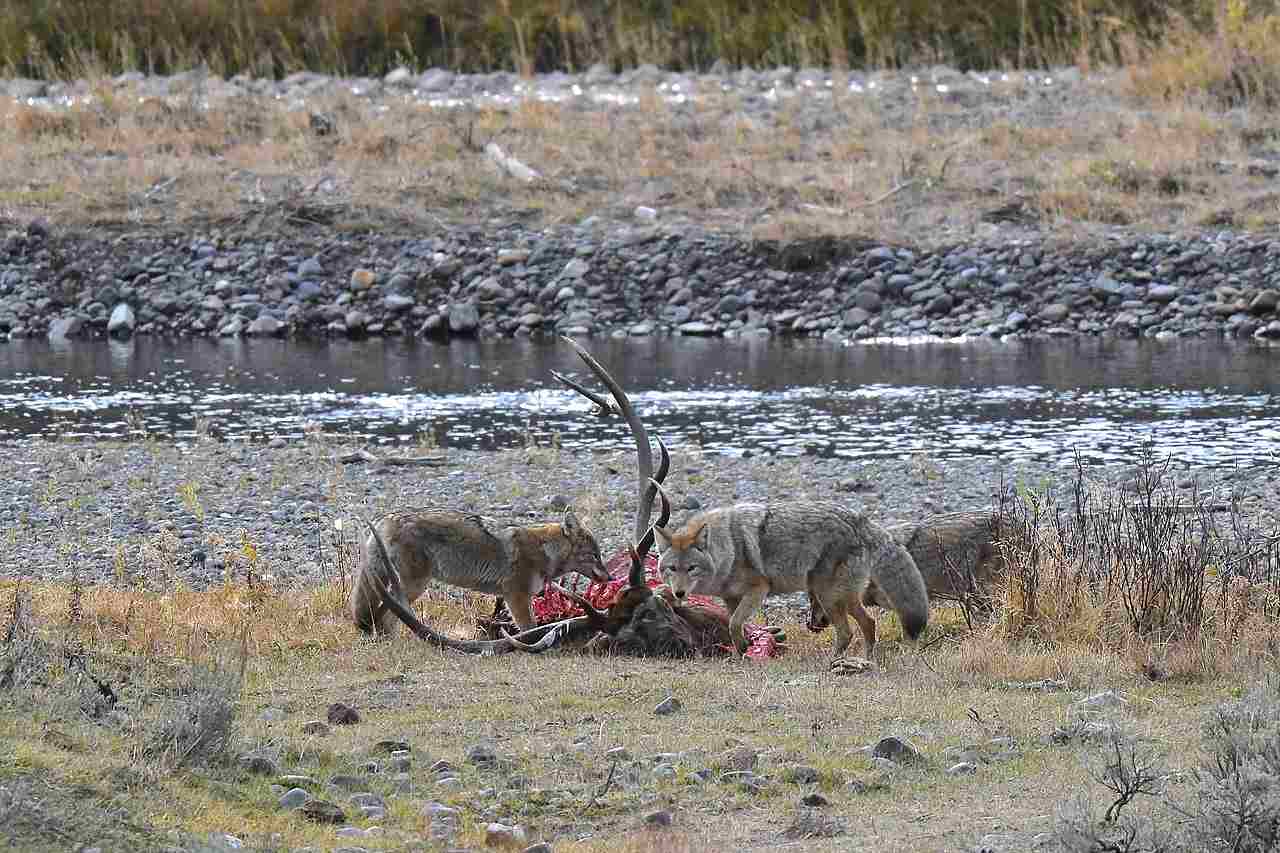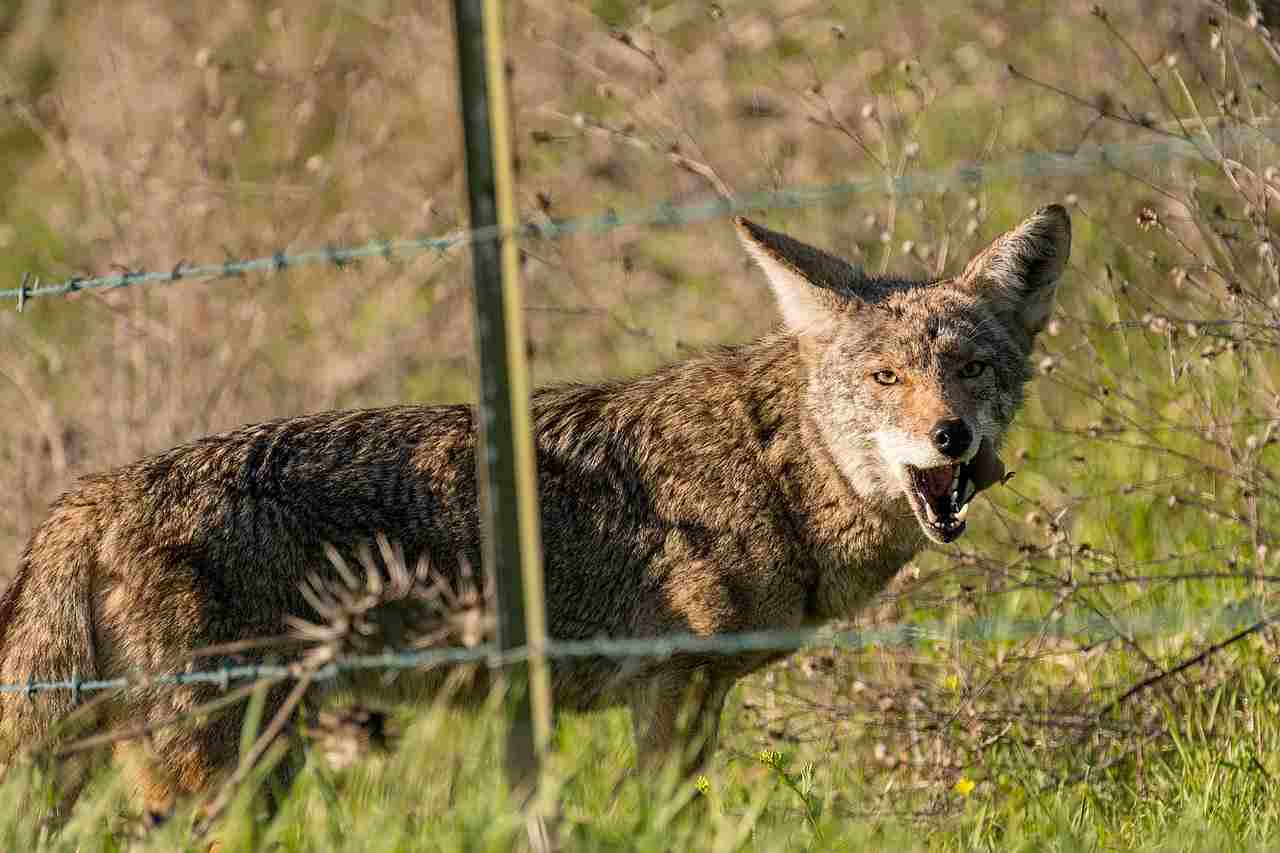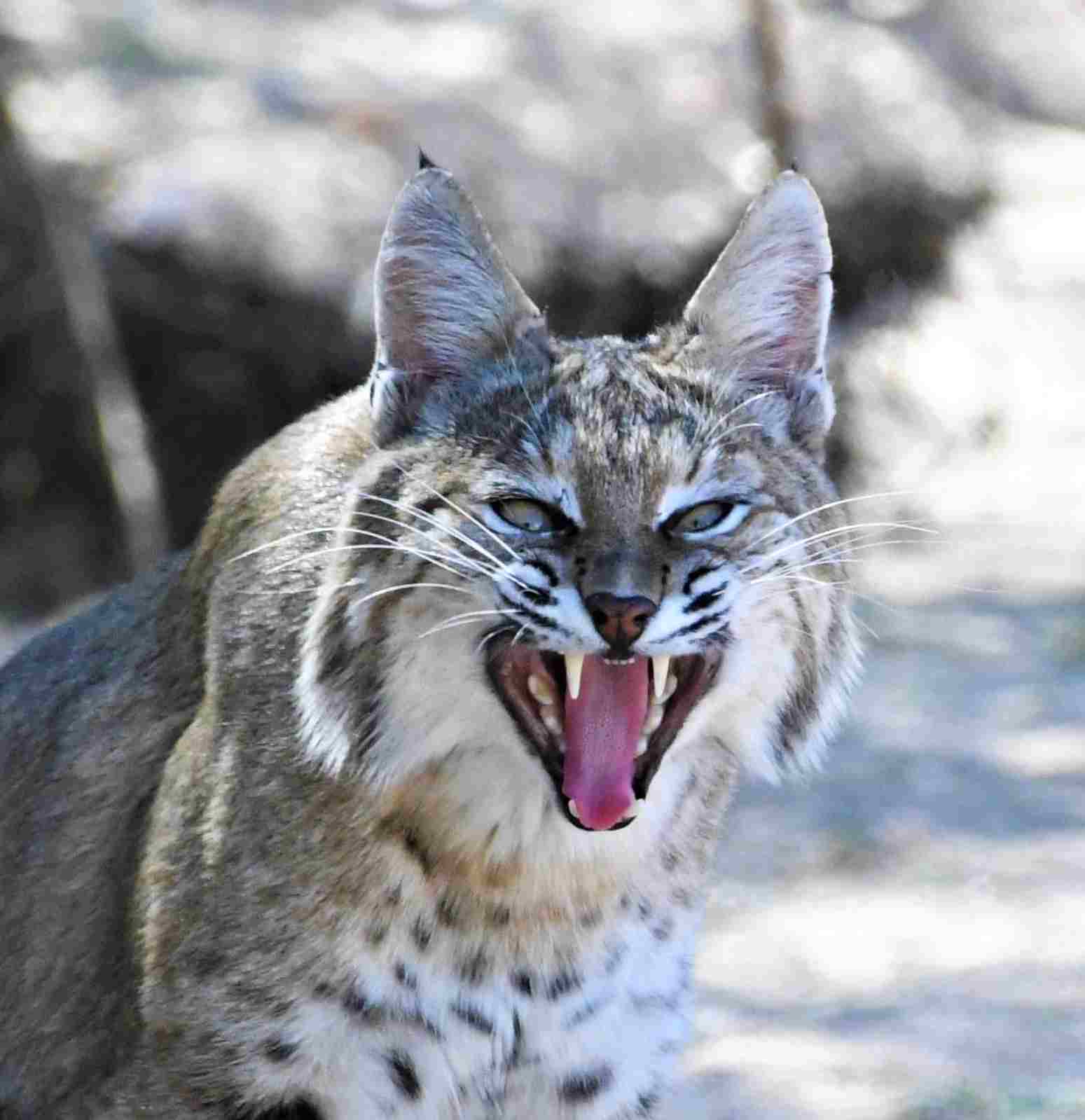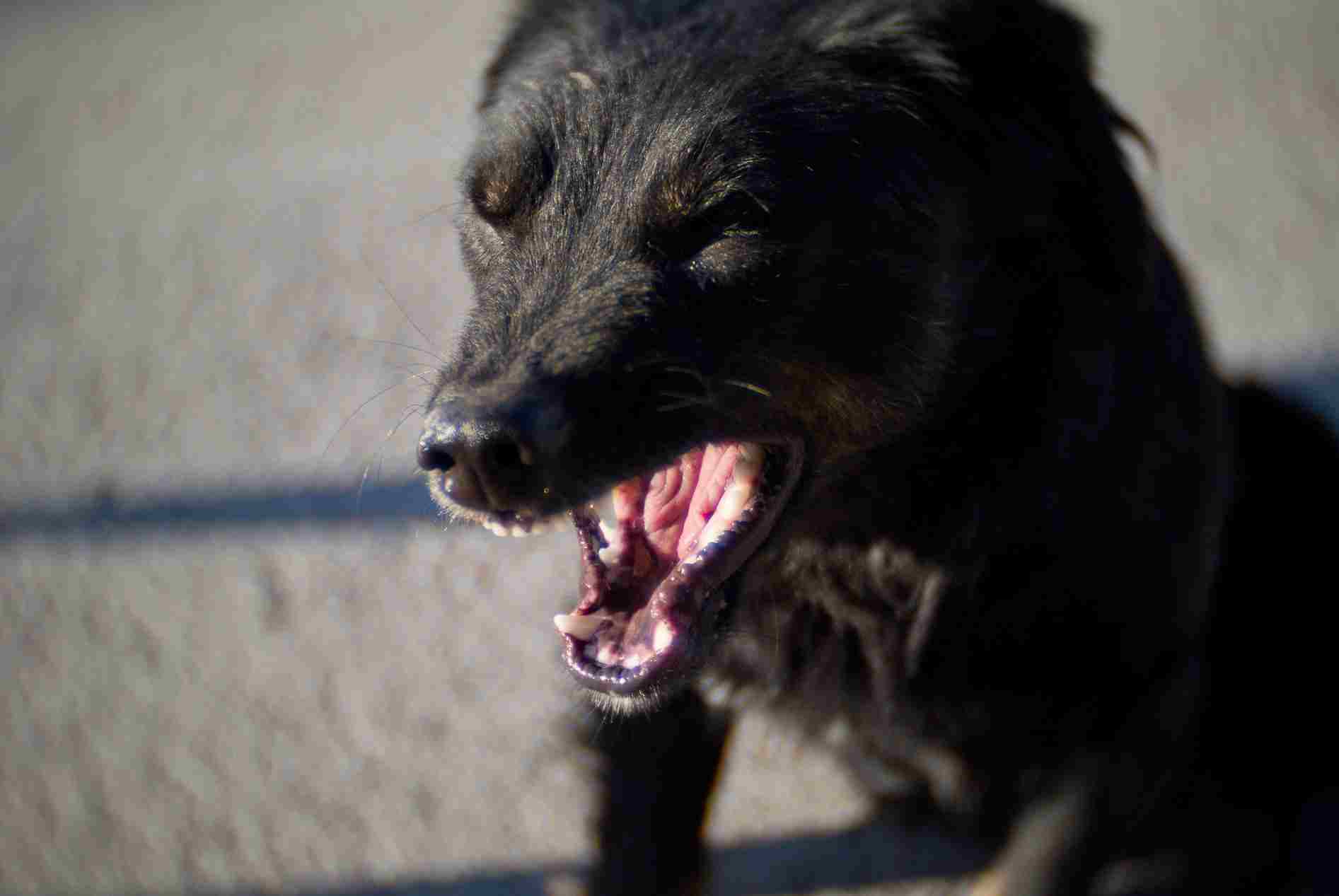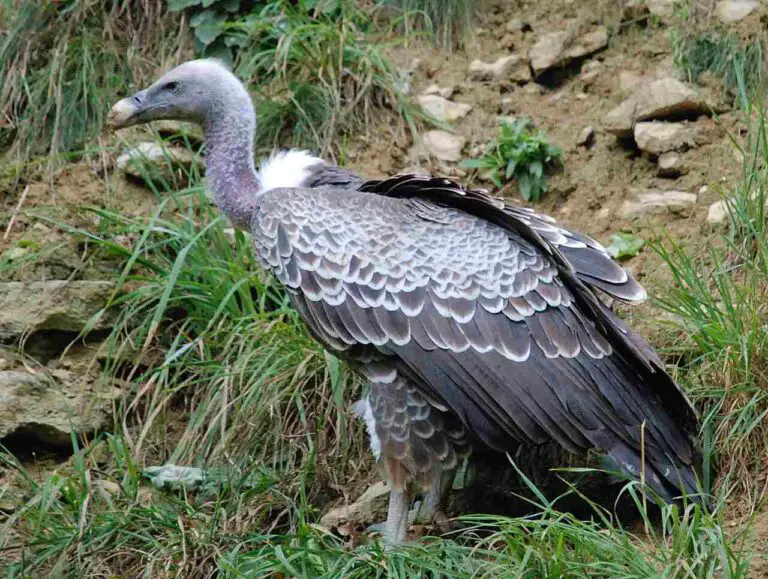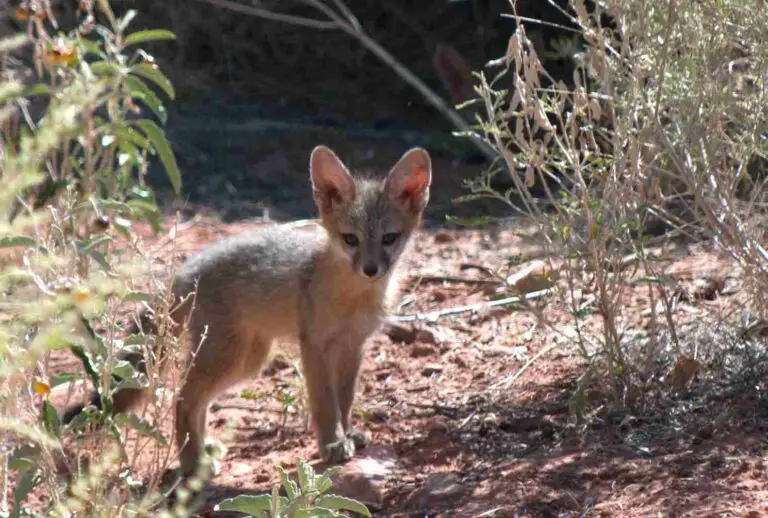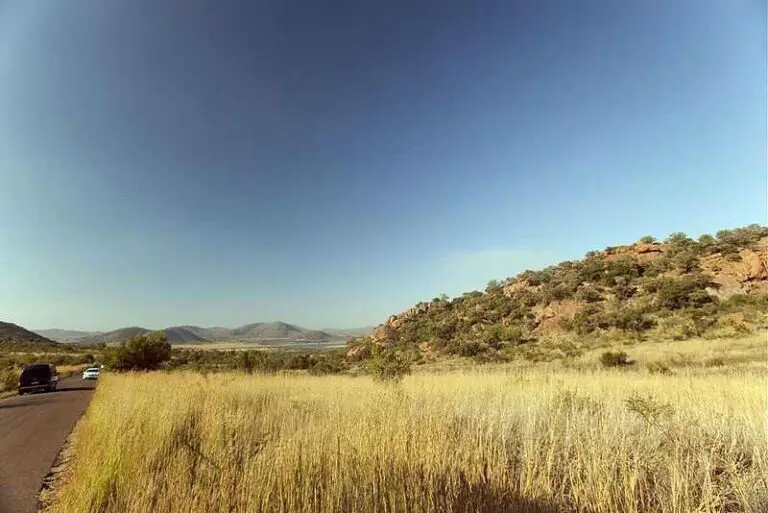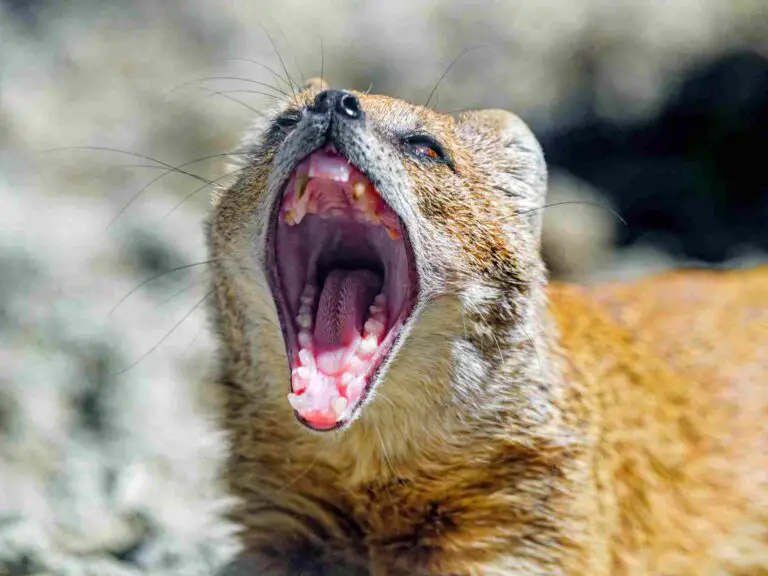Coyote Vs Bobcat Tracks, Size, Weight, Overall Comparison
Coyotes and bobcats, both members of the carnivore family, exhibit distinctive biological and physical traits as they navigate various habitats.
This comparative analysis delves into multiple factors, including taxonomy, appearance, size, weight, bite force, physical offensive and defensive advantages, speed, agility, overall physical capacity, habitat preferences, lifespan, feeding habits, social behavior, reproduction methods, parental behavior, proximity to human-inhabited areas, behavior toward humans, danger posed to humans, associated precautions, and conservation status. The focus of this exploration centers on assessing the potential outcome in a physical confrontation between a coyote and a bobcat.
Coyote vs Bobcat: Who Will Win in a Fight/Physical Confrontation?
A coyote will likely win a bobcat in a fight, because it is larger, heavier, stronger, and possesses long teeth with strong jaws, compare to those of a bobcat.
1). Size, Weight, and Strength Advantage:
– Coyotes, with their larger size and greater weight, possess a substantial strength advantage over bobcats. This size and strength differential significantly contributes to the coyote’s likelihood of prevailing in a one-on-one physical confrontation.
2). Long, Sharp Teeth, and Strong Jaws:
– Coyotes are equipped with long, sharp teeth and strong jaws, enhancing their offensive capabilities. In a confrontation with bobcats, these formidable dental and jaw features provide the coyote with a distinct advantage, allowing it to inflict more substantial damage during an encounter.
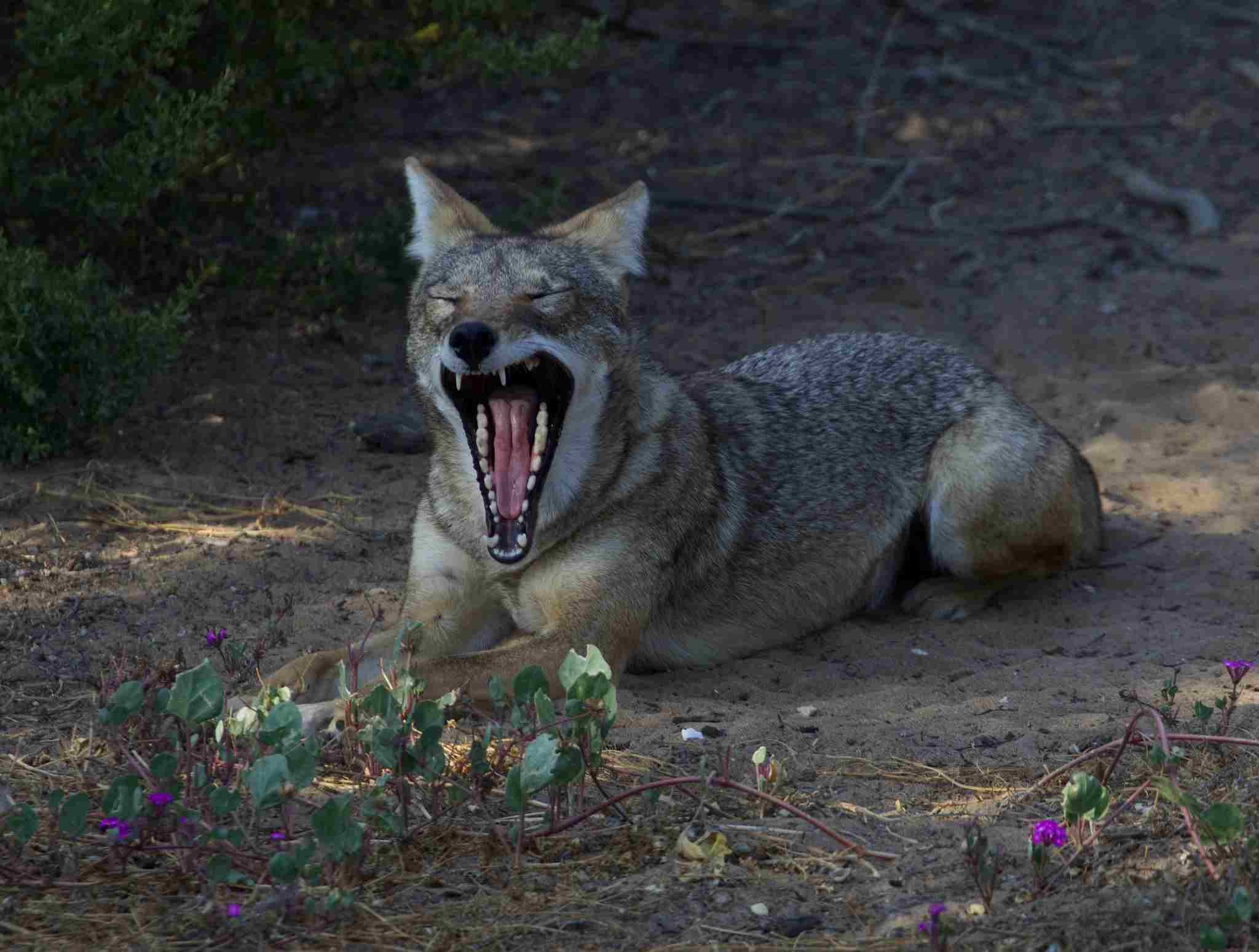
3). Overall Physical Superiority:
– The combination of larger size, greater weight, heightened strength, and specialized dental and jaw structures collectively establishes the coyote’s overall physical superiority. This comprehensive advantage underscores the coyote’s dominance in a direct physical confrontation with bobcats.
*Details of Comparison
| Aspect | Coyote | Bobcat |
| Taxonomy | Family: Canidae, Genus: Canis |
Family: Felidae, Genus: Lynx
|
| Appearance | Medium-sized canid, varied coat color, bushy tail |
Medium-sized feline, tufted ears, spotted coat
|
| Size | 3.5-4.5 feet (including tail) |
2-3 feet (including tail)
|
| Weight | 20-50 pounds | 15-30 pounds |
| Bite Force | 150-200 psi |
Comparative information not widely available
|
| Physical Offensive Advantages | Pack hunting, keen senses |
Solitary, ambush tactics, retractable claws
|
| Physical Defensive Advantages | Speed, agility, sharp claws, teeth |
Climbing ability, retractable claws
|
| Speed | Up to 40 mph | 25-30 mph |
| Agility | Quick direction changes |
Climbing, jumping agility
|
| Overall Physical Capacity | Versatile, adaptable, social behavior |
Stealthy, specialized hunting tactics
|
| Habitat Preference(s) | Highly adaptable, various habitats |
Dense vegetation, forests
|
| Tracks | Elongated prints with claw marks |
Round prints, retractable claws rarely visible
|
| Lifespan | 6-8 years (up to 14 years) | 7-10 years |
| Mode of Feeding | Opportunistic omnivores |
Carnivores, primarily small mammals
|
| Social Behavior | Social in packs, cooperative hunting |
Mostly solitary, minimal social interactions
|
| Mode of Reproduction | Monogamous breeding pairs, pack dynamics |
Solitary breeders
|
| Parental Behavior | Cooperative parenting in packs |
Female raises kittens independently
|
| Proximity to Human-Inhabited Areas | Adaptable, common in urban areas |
Elusive in urban areas
|
| Behavior Toward Humans | Varied responses, may become habituated |
Generally avoids human contact
|
| Danger Posed to Humans | Rarely poses a threat, infrequent attacks |
Extremely rare incidents, minimal threat
|
| Associated Precautions | Secure pet management, avoid intentional feeding |
Responsible pet ownership, minimize attractants
|
| Conservation Status | Least Concern | Least Concern |
Key Points:
- Coyotes are adaptable, versatile, and often found in various habitats, including urban areas.
- Bobcats are more elusive, preferring less populated regions.
- Both species have stable populations and are classified as Least Concern on the IUCN Red List.
- Coyotes exhibit more social behavior, cooperative parenting, and varied interactions with humans.
- Bobcats rely on stealthy hunting tactics and generally avoid human contact.
- Neither species poses a significant danger to humans under normal circumstances.
1. Taxonomy
Coyote (Canis latrans): Belongs to the family Canidae and genus Canis. They are closely related to wolves and domestic dogs.
Bobcat (Lynx rufus): Part of the family Felidae and genus Lynx. They are distant relatives of larger wild cats like the lynx and cougar.
2. Appearance
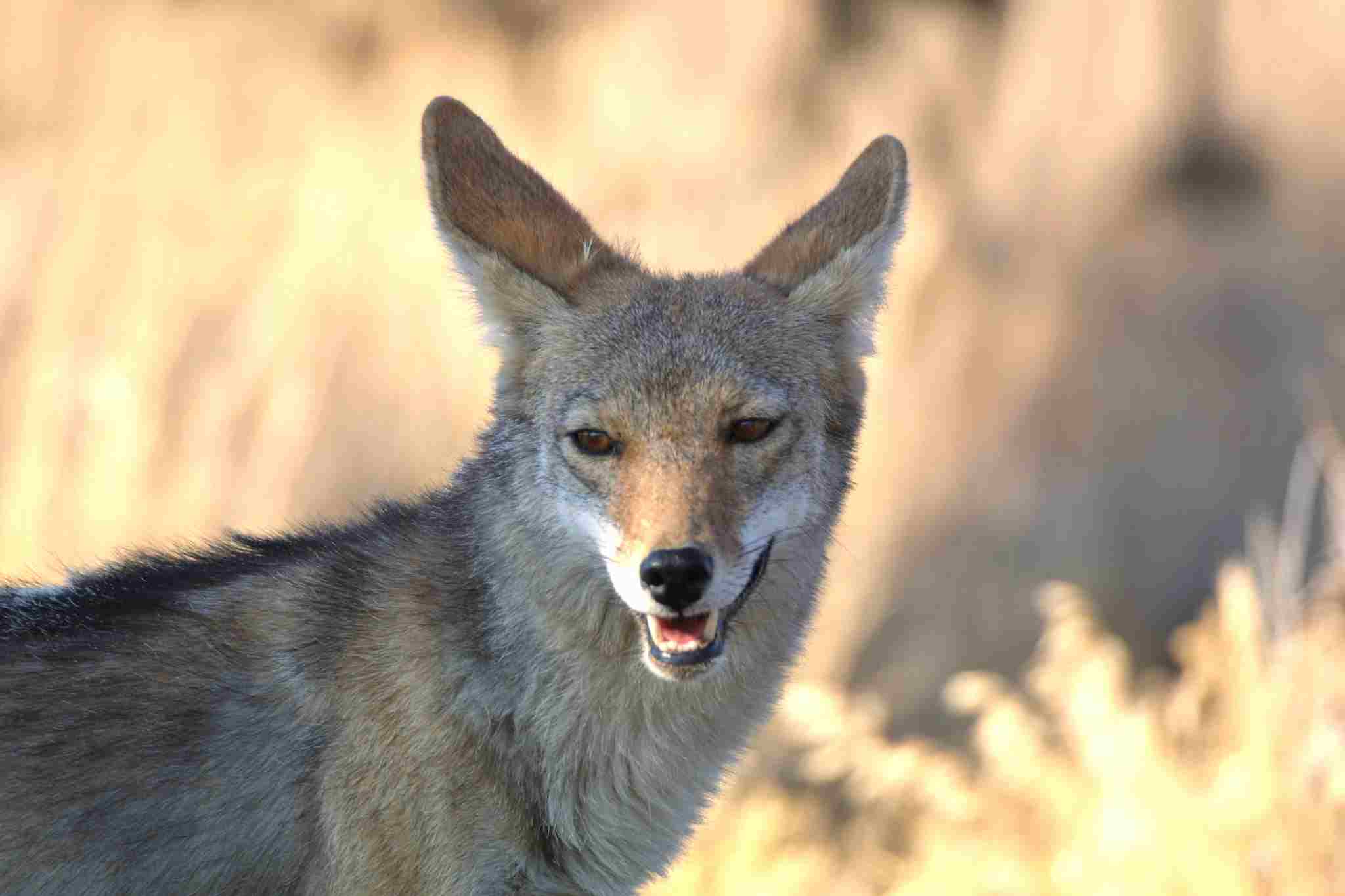
Coyote:
Sleek, medium-sized canid with a bushy tail and pointed ears.
Fur color varies from gray to reddish-brown, with a distinctive black-tipped tail.
Adaptive coat color helps camouflage in diverse environments.
Bobcat:
Compact, medium-sized feline with tufted ears and a short tail.
Fur color ranges from grayish-brown to reddish-brown, often with distinctive black spots and streaks.
Camouflaged coat aids in stalking prey in various habitats.
Comparison:
Both adapted for camouflage, but coyotes have a more dog-like appearance, while bobcats exhibit feline characteristics.
Ecological Implications:
Their appearances contribute to effective hunting strategies, allowing them to blend into their respective environments, enhancing their survival in different ecosystems.
3. Size
Coyote:
Average length of 3.5 to 4.5 feet (including tail).
Shoulder height ranges from 23 to 26 inches.
Bobcat:
Average length of 2 to 3 feet (including tail).
Shoulder height varies from 18 to 22 inches.
Comparison:
Coyotes are generally larger and more slender compared to bobcats.
Ecological Implications:
Size differences may influence their prey selection and competition for resources within their ecosystems.
4. Weight
Coyote:
Weighs between 20 to 50 pounds.
Bobcat:
Weighs between 15 to 30 pounds.
Comparison:
Coyotes tend to be heavier than bobcats.
Ecological Implications:
Weight affects their ability to take down prey and may influence their role in controlling populations of smaller mammals in their habitats.
5. Bite Force
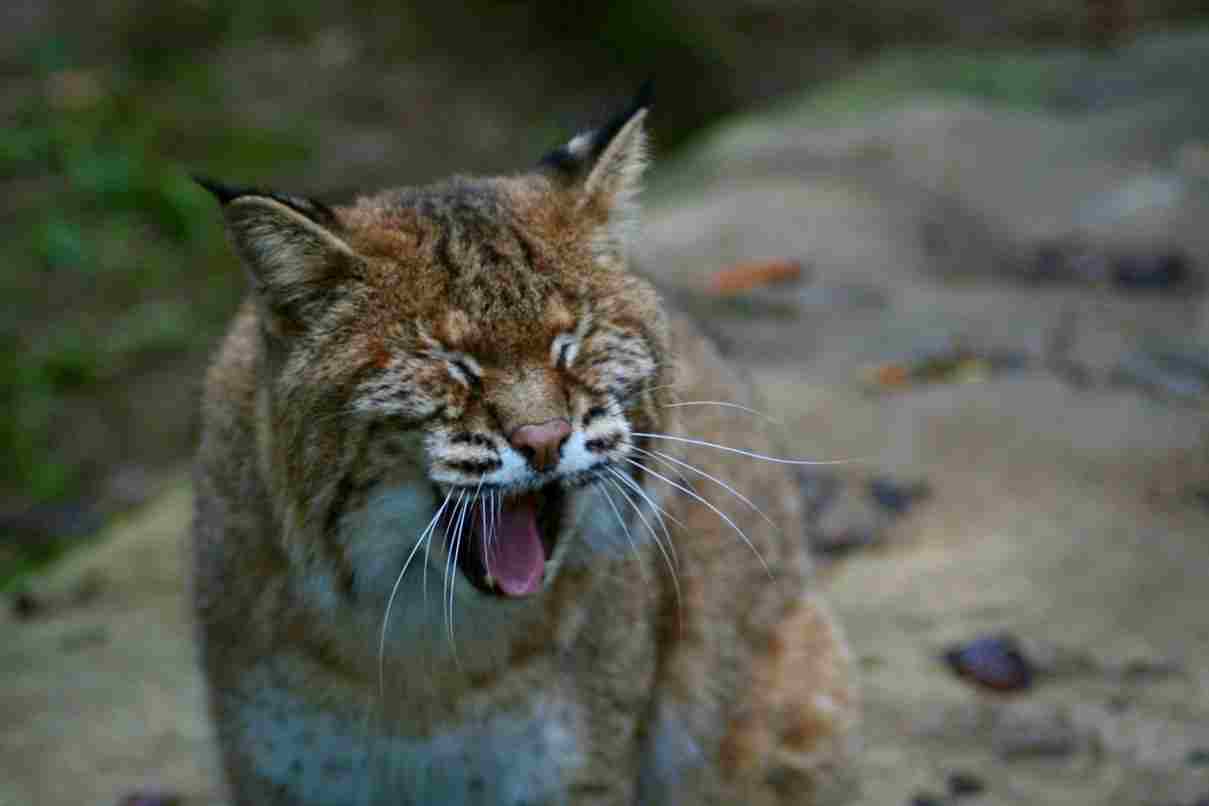
Coyote:
Bite force estimated around 150 to 200 pounds per square inch.
Bobcat:
Bite force not as well-documented but generally considered less powerful than larger big cats.
Comparison:
Coyotes possess a stronger bite force compared to bobcats.
Ecological Implications:
Bite force influences their hunting techniques and prey preferences, contributing to their roles in local food webs.
6. Physical Offensive Advantages
Coyote:
Collaborative hunting behavior in packs enhances their ability to take down larger prey.
Well-developed senses, including keen eyesight and a strong sense of smell, aid in tracking and capturing prey.
Bobcat:
Solitary hunters with a stealthy approach, relying on ambush tactics to catch prey.
Sharp retractable claws and strong jaws for efficient hunting.
Comparison:
Coyotes often hunt in packs, utilizing teamwork, while bobcats rely on solitary, stealthy approaches.
Ecological Implications:
Varied hunting strategies impact prey populations and contribute to the balance of ecosystems in different ways.
7. Physical Defensive Advantages
Coyote:
Quick and agile, capable of escaping threats by running at speeds up to 40 mph.
Sharp claws and teeth for self-defense.
Bobcat:
Agile climbers, seeking refuge in trees when threatened.
Sharp retractable claws and strong jaws for defense.
Comparison:
Both species rely on agility and defensive adaptations to evade predators.
Ecological Implications:
These defensive strategies contribute to their survival in ecosystems where they coexist with various predators.
8. Speed
Coyote:
Can run at speeds up to 40 mph.
Bobcat:
Capable of reaching speeds of 25 to 30 mph.
Comparison:
Coyotes are faster runners compared to bobcats.
Ecological Implications:
Speed influences hunting success and the ability to cover large territories for resources.
9. Agility
Coyote:
Agile runners with the ability to change direction quickly.
Bobcat:
Exceptional climbers and jumpers, showcasing agility in different terrains.
Comparison:
Both species display high levels of agility adapted to their respective hunting strategies.
Ecological Implications:
Agility is crucial for navigating diverse landscapes and capturing prey, impacting their ecological roles within their habitats.
10. Overall Physical Capacity
Coyote:
Versatile hunters with a combination of speed, endurance, and social cooperation.
Adaptability to diverse environments contributes to their widespread distribution.
Bobcat:
Excellent climbers and stalkers, relying on stealth and ambush tactics.
Well-adapted to various habitats, from forests to deserts.
Comparison:
Coyotes exhibit a broader range of physical capacities, including social cooperation, while bobcats excel in stealthy hunting strategies.
Ecological Implications:
Their distinct capacities contribute to their ecological roles, influencing prey dynamics and ecosystem health.
11. Habitat Preference(s)
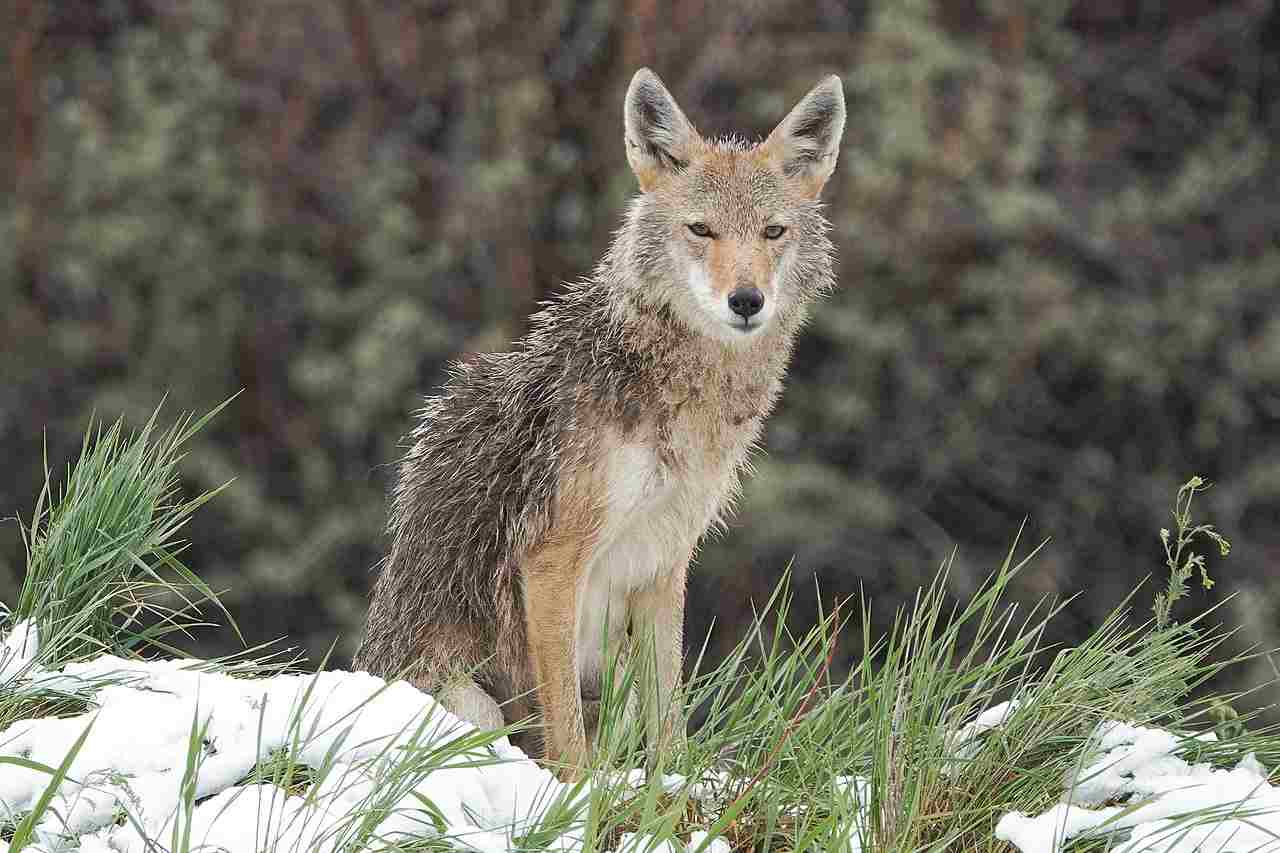
Coyote:
Highly adaptable, found in a variety of habitats, including urban areas, grasslands, forests, and deserts.
Bobcat:
Prefers habitats with dense vegetation, such as forests, but also adapts to semi-arid regions.
Comparison:
Coyotes exhibit a broader habitat tolerance compared to the more specific preferences of bobcats.
Ecological Implications:
Habitat preferences affect their interactions with other species and influence the structure of ecosystems.
12. Tracks
Coyote:
Paw prints typically show claw marks, and their tracks are more elongated.
Bobcat:
Paw prints are rounder with retractable claw marks seldom visible.
Comparison:
Differences in track morphology aid in distinguishing between the two species.
Ecological Implications:
Tracking helps researchers and wildlife enthusiasts monitor the distribution and movements of these predators in different habitats.
13. Lifespan
Coyote:
Average lifespan in the wild is around 6 to 8 years, but some individuals may live up to 14 years.
Bobcat:
Typically lives 7 to 10 years in the wild.
Comparison:
Both species have relatively similar lifespans in the wild.
Ecological Implications:
Lifespan influences their role in ecosystems, affecting factors like predation rates and population dynamics.
14. Mode of Feeding
Coyote:
Opportunistic omnivores, feeding on a varied diet including small mammals, birds, fruits, and scavenged carrion.
Bobcat:
Carnivores primarily preying on small mammals, birds, and occasionally larger prey.
Comparison:
While both are carnivores, coyotes have a more opportunistic and omnivorous diet compared to the more specialized carnivorous diet of bobcats.
Ecological Implications:
Their feeding habits influence prey populations and can have cascading effects on the food web.
15. Social Behavior
Coyote:
Social animals often found in family groups (packs) but can also be solitary.
Cooperative hunting and raising of offspring within a pack.
Bobcat:
Mostly solitary animals, with minimal social interactions except during the mating season.
Comparison:
Coyotes display more complex social structures, while bobcats are generally solitary.
Ecological Implications:
Social behavior impacts their roles in the ecosystem, influencing hunting strategies, territorial dynamics, and population structures.
16. Mode of Reproduction
Coyote:
Monogamous mating pairs within a pack, with a breeding season typically in late winter.
Gestation period around 60 to 63 days, leading to the birth of a litter.
Bobcat:
Solitary breeders, with a breeding season in late winter and early spring.
Gestation period around 60 to 70 days, resulting in the birth of a litter.
Comparison:
Both species exhibit a similar gestation period, but coyotes often have a more social breeding structure.
Ecological Implications:
Differences in reproductive behavior contribute to population dynamics and genetic diversity within their respective habitats.
17. Parental Behavior
Coyote:
Both parents participate in raising offspring within the pack, sharing responsibilities like hunting and protection.
Bobcat:
Female bobcats raise and care for their kittens independently.
Comparison:
Coyotes demonstrate more cooperative parental behavior compared to the more solitary approach of bobcats.
Ecological Implications:
Parental strategies impact the survival rates of offspring and contribute to the overall dynamics of predator populations.
18. Proximity to Human-Inhabited Areas
Coyote:
Highly adaptable to urban and suburban environments, often seen in close proximity to human settlements.
Bobcat:
More elusive in urban areas, preferring less populated regions.
Comparison:
Coyotes are generally more tolerant of human presence than bobcats.
Ecological Implications:
Human-wildlife interactions and potential conflicts may vary based on the species’ tolerance for urbanized landscapes.
19. Behavior Toward Humans
Coyote:
Varied responses; some may exhibit fear and avoidance, while others in urban areas may become habituated and less wary.
Bobcat:
Generally elusive and tends to avoid human contact, minimizing confrontations.
Comparison:
Coyotes may exhibit a wider range of behaviors towards humans, including habituation in urban environments.
Ecological Implications:
Human-wildlife conflicts and potential risks may differ based on the species’ interactions with human-dominated landscapes.
20. Danger Posed to Humans
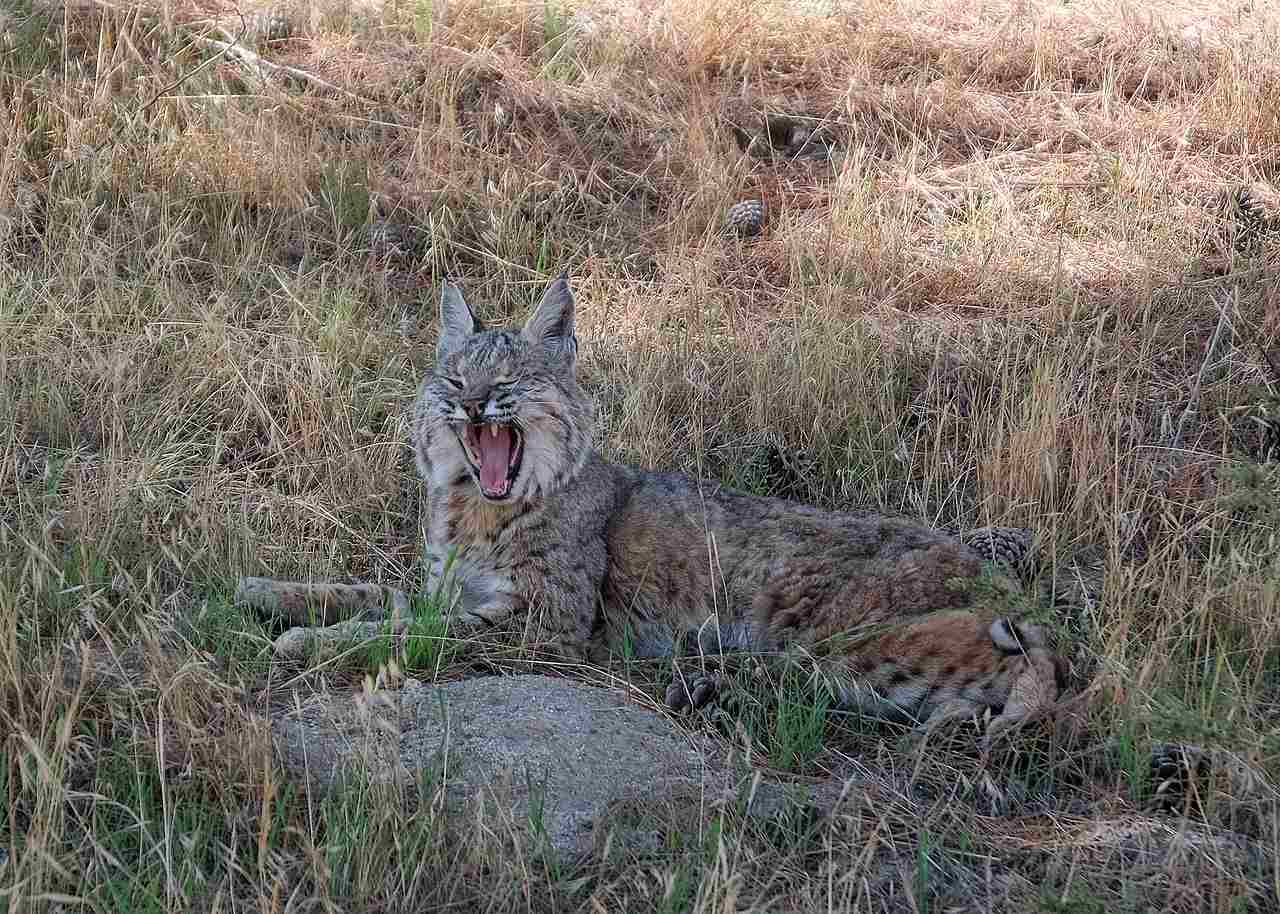
Coyote:
Rarely pose a significant threat to humans; attacks are infrequent.
Bobcat:
Extremely rare incidents of bobcats posing a threat to humans; typically avoid confrontations.
Comparison:
Both species generally pose minimal danger to humans.
Ecological Implications:
Understanding the low risk to humans contributes to better coexistence and conservation efforts.
21. Associated Precautions
Coyote:
Implementing secure pet management, avoiding intentional feeding, and educating communities on coexisting safely.
Bobcat:
Encouraging responsible pet ownership and minimizing attractants like pet food to avoid potential conflicts.
Comparison:
Similar precautions apply to both species, emphasizing responsible behavior in shared environments.
Ecological Implications:
Human behavior and precautions influence the coexistence of wildlife in human-inhabited areas, contributing to conservation efforts.
22. Conservation Status
Coyote:
Least Concern on the IUCN Red List; their adaptability has allowed them to thrive in various environments.
Bobcat:
Least Concern on the IUCN Red List; populations are generally stable.
Comparison:
Both species are currently not at significant risk, with stable populations.
Ecological Implications:
Monitoring and maintaining healthy populations contribute to balanced ecosystems.
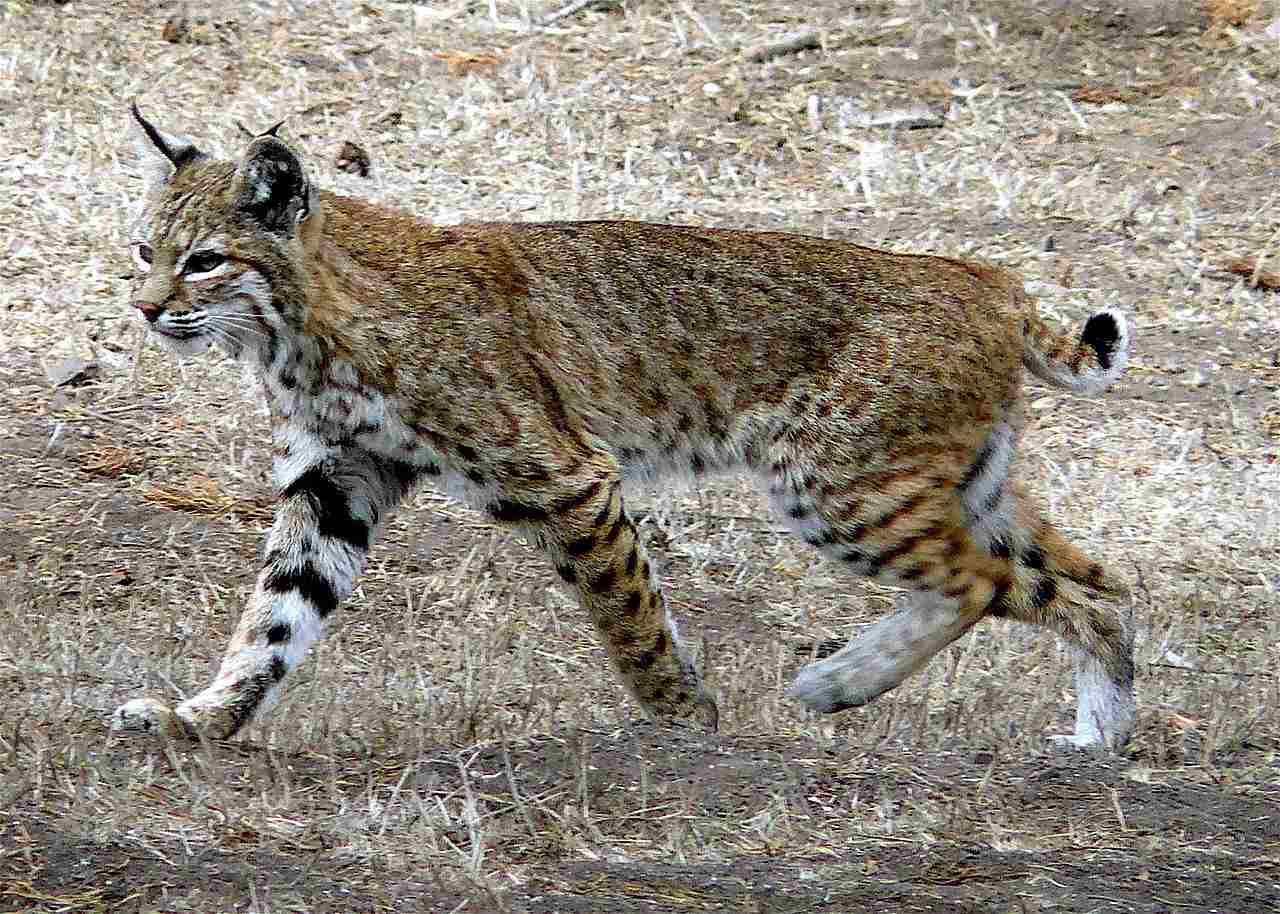
Conclusion
I). Similarities
Both coyotes and bobcats play vital roles in controlling prey populations and contributing to ecosystem balance.
Neither species poses a significant danger to humans under normal circumstances.
II). Differences
Coyotes exhibit more varied behaviors, adaptability, and social structures.
Bobcats rely on solitary hunting and tend to avoid human presence more consistently.
While both are adaptable, coyotes have a broader habitat tolerance, including urban areas.
